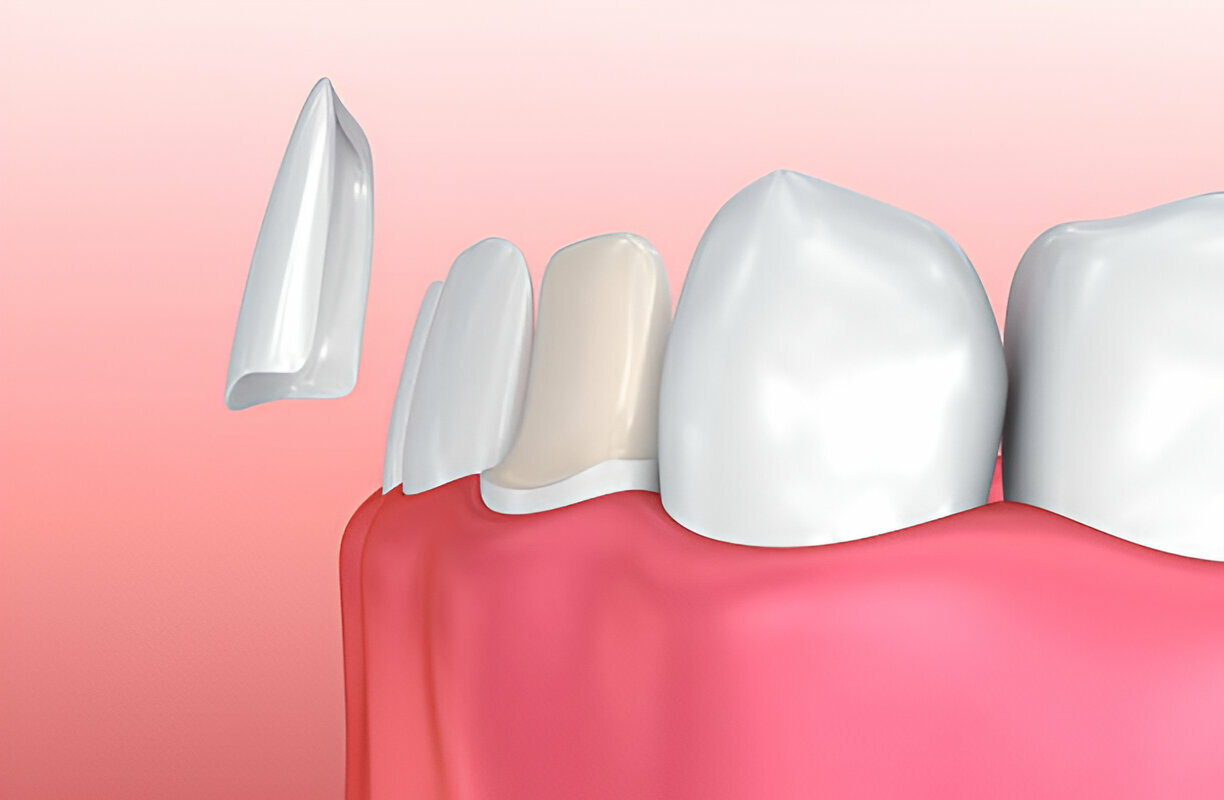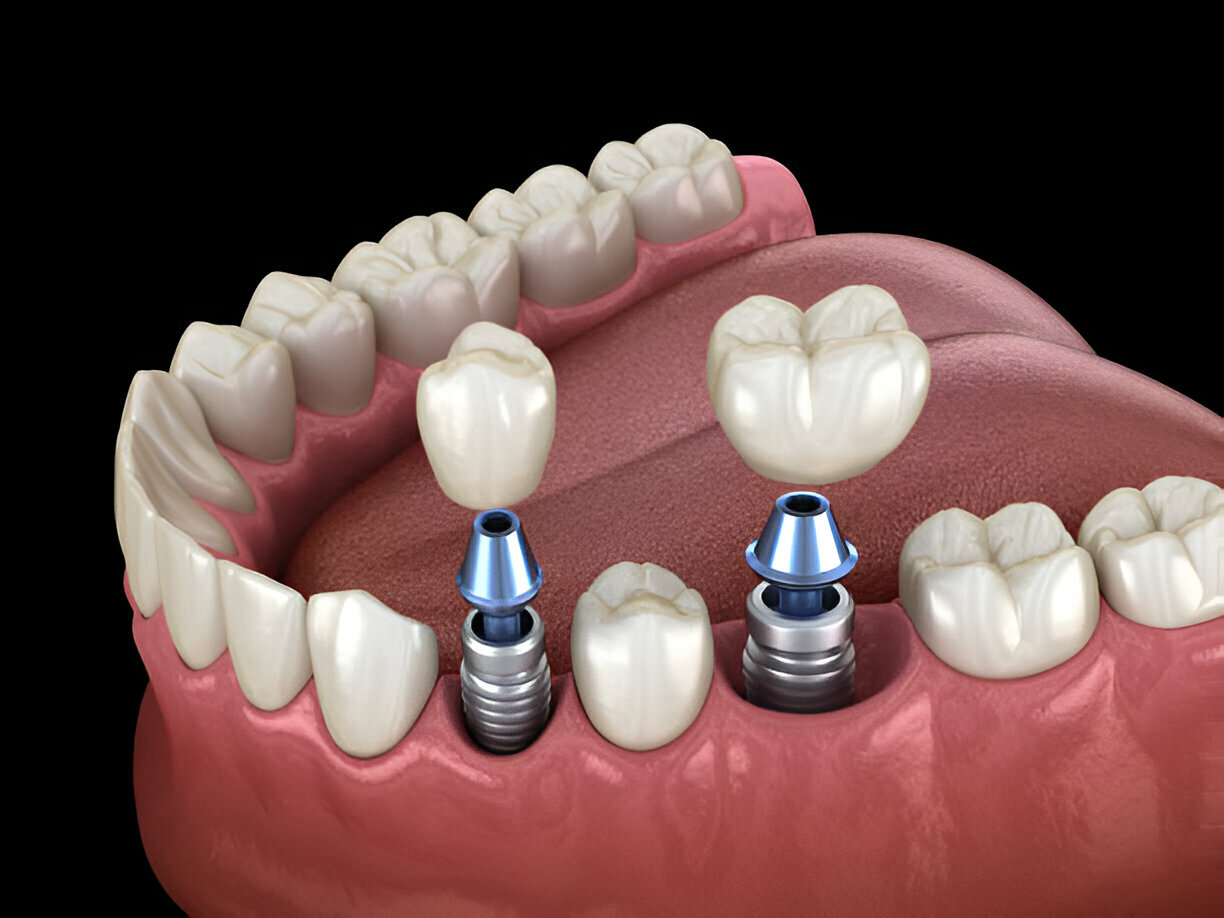What Is The Cost Of Filling A Tooth? Price, Process, & Everything In Between

The cost of filling a tooth can empty your bank account!
Well, that’s the most inaccurate statement making rounds on the internet. The cost of filling a tooth depends on several factors.
In this blog, we take a closer look at:
- What are dental fillings? Do you need them?
- Factors influencing cavity filling costs.
- Types of dental fillings costs.
- Costs of dental fillings: With vs. without insurance.
The following sections closely examine the cost of filling a tooth, the process, and everything. Let’s get started.
Introduction:
Nearly 90% of US adults have had tooth decay.
Tooth decay or cavities (no matter how small), when left untreated, pose a severe threat to your oral health. They start small and generally enlarge if you aren’t regular with your dental checkups and fail to follow proper oral hygiene.
To remedy such decay from resulting in tooth loss, dentists generally fill the tooth with different fillings.
What Are Dental Fillings? Do You Need Them?
Dental fillings are your go-to restorative defense against tooth decay. The filling for teethacts as a preventive measure that patches or rebuilds cavity-infected areas in your mouth. The primary role of a dental filling is to block out bacteria and food to prevent your cavity from impacting your oral health.
These malleable fillings have no rigid structure, allowing your dentist to shape and fit them in affected regions throughout your mouth. On the contrary, we have lab-made fillings placed inside your mouth via a custom procedure. In this method, your dentist takes an impression, sends it to the lab, and modifies the fillings to fit inside your mouth.
Now that we know what dental fillings are, it brings us to our second most important question: Do you need them?
Since cavities are mostly invisible early, many individuals don’t consider filling a cavity. However, this is where you need to stay alert.
Here are some common symptoms that indicate the need for a filling:
- Tenderness to sweets
- Tooth pain or discomfort
- Occasional sharp zings or jolts from a tooth
- Highly sensitive tooth
- Discomfort when biting down
Factors Influencing Cavity Filling Costs
How much does a filling cost?
That’s a common question confusing patients opting for tooth fillings. Most individuals continue to think that the cost of filling is directly proportional to the size of their cavity.
While it’s true, there are other factors influencing the costs, namely:
- The number of teeth being filled: The cost of filling is directly proportional to the number of teeth it needs to be done for. More the number of teeth, higher the cost.
- The teeth that need filling: Tooth filling costs for molars are generally higher. This is because molars are hard to access and require specialized equipment.
- Underlying infections and conditions: The current condition of your oral cavity also affects the cost of tooth filling. If the cavities have deteriorated and affect your gum or other teeth, you’ll need more than a dental appointment, adding to the costs.
- Location of your dentist: The cost for fillings is also influenced by the type of dentist and their location. A specialist living on the other end of the city will cost you more than a closer alternative.
Types Of Dental Fillings
While visiting our nearest dentist, most of us ask the same question: How much does filling teeth cost?
While many individuals expect a price in return for their answer, they hear the surprising question, “Which type of fillings do you want?.”
Yes, you read it right! The costs of your filling are also associated with the type of dental fillings. This section gives you an overview of the common types of filling options:
Resin-Based Composite
Resin-based composite is the most commonly opted-filling option. This filling option requires a single dentist visit and can last 5-15 years, based on oral health, regular checkups, and overall maintenance.
The average cost of resin-based composite is around $200 for a single tooth. However, the price could range between $100-400, based on the abovementioned factors.
Amalgam
Next, we have amalgam, an affordable teeth-filling alternative. These alloy-based composts are mixed with silver, tin, or copper to restore oral health.
Opting for amalgam can cost you $150 per single surface. However, the price could vary between $100-300, based on the number of teeth and different locations.
Gold Foil
Next, we have gold foil, an aesthetic filling option for individuals. As the name suggests, these fillings comprise gold and take around one or two visits to complete.
Gold foil fillings can cost you $400 for a single tooth. However, the price can range between $250-650, lasting anywhere from 15 to 30 years.
Ceramic or Porcelain
Last, we have the ceramic or porcelain fillings. These are the most expensive options, costing an average of $1,150. These fillings are custom-made and take some time to install.
Based on the number of teeth and other factors, ceramic or porcelain fillings can cost you between $500-$2,800.
Fun fact: Dental fillings that take a day to complete are more affordable when compared to those crafted in a lab.
Costs Of Dental Fillings: With Vs. Without Insurance
Since fillings aren’t considered elective or cosmetic, they are covered under most insurance services. Since teeth cavity fillers are considered a medical necessity, they’re largely or entirely covered under insurance coverage.
On the contrary, if you opt for dental fillings without any coverage, the cost would be directly related to the materials used, the surface covered, and the extent of damage. The average cost of filling can also be influenced by whether the cavity is anterior or posterior.
Buying a dental savings plan is the best way to save dentist filling costs. It can help you save up to 75% on the procedure.
Takeaway
- Nearly 90% of US adults have had tooth decay.
- The costs of your filling are also associated with the type of dental fillings.
- Dental fillings that take a day to complete are more affordable when compared to those crafted in a lab.
- A dental savings plan can help you save up to 75% on the procedure.





